(First upload on October 5 2010. Last on February 23 2024) [ 日本語 | English ]
Mount Usu / Sarobetsu post-mined peatland
From left: Crater basin in 1986 and 2006. Cottongrass / Daylily
HOME > Plant list (植物リスト) > Gymnospermae (裸子植物) > Ginkgoaceae (イチョウ科) > Ginkgo biloba
Engler's syllabus (エングラー体系)
Ginkgoaceae (イチョウ)One species in one genus in the worldGkinkgo L. (イチョウ)Icho (イチョウ, 銀杏), maidenhair tree or ginkgoEtymology: biloba = two lobes Lifeform: deciduous, tall treeDistribution: originally in China (transplanted to verious regions where mean annual temperature ranges from 0°C to 20°C and annual precipitation is from 500 mm to 2000 mm) |
Shoot: long and short shoots
Long shoot: alternate var. laciniata Hort. (キレハイチョウ) var. pendula Hort. (シダレイチョウ) var. variegata Henry (フイリイチョウ) Giant tree
|
|
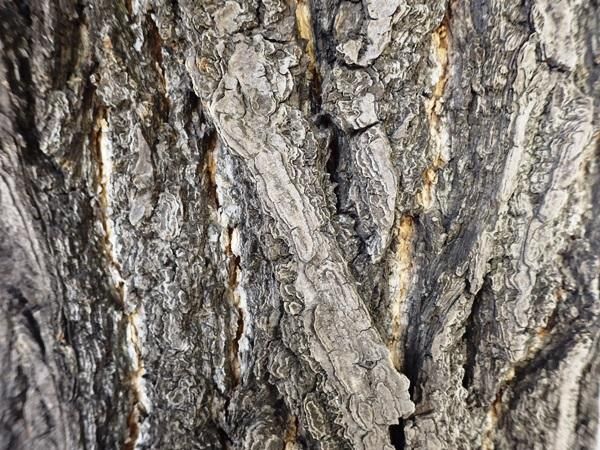 4
4
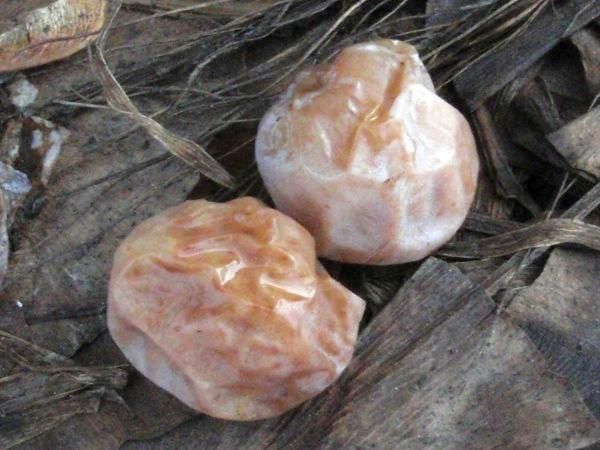 5
5
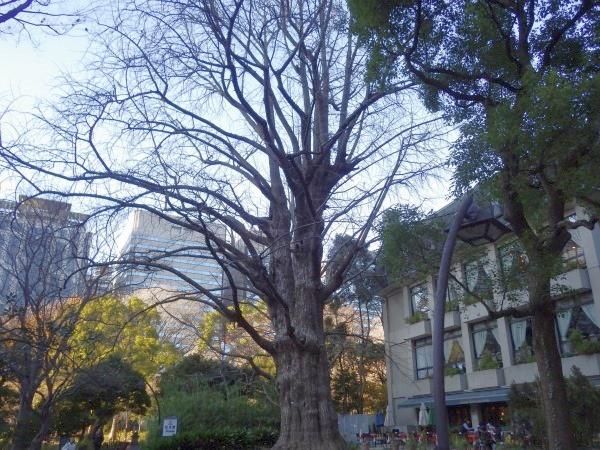 6
6
[1/2] at Icho Street (銀杏並木) in the campus of Hokkaido University on September 10 2010. [3] at an arboretum in Teshio Experimental Forest, HU, on September 13 2010. [4] a bark (樹皮 on a street tree, 1 Mishima, Tokyo, on May 30 2014. [5] fruits of a transplantation at N26/E2, East Ward, on April 7 2014. [6] a giant tree (巨木), head-staking ginkgo, in Hibiya Park, Tokyo, on December 27 2014.
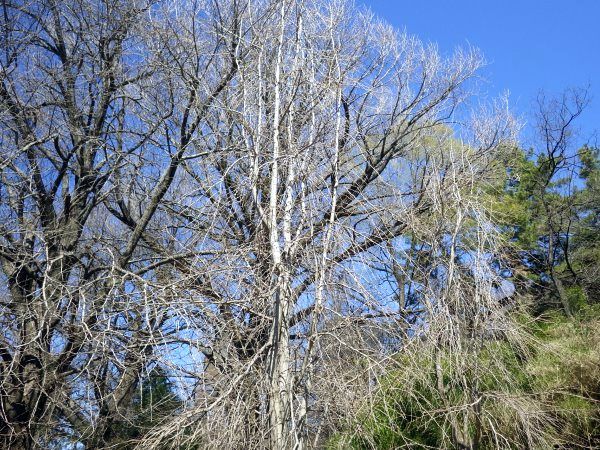 1
1
 3
3
 2
2
[1] cv pendula (シダレイチョウ). [2] cv tubifolia (ラッパイチョウ), not be identified without the leaves. [3] the tree discovered sperms. [1-3] in the Koishikawa Botanical Garden (小石川植物園), the University of Tokyo, on March 16 2017.
The spermatozoid of Ginkgo biloba was first discovered in seeds obtained from this female tree by Sakugoro Hirase, who was a teaching assistant in the Botanical Institute, Imperial University, and was studying the fertilization and embryo development of Ginkgo. This finding is believed one of the most important contributions from the early days of Japanese botany.
 Fig. 1. female flower, 2. female flower (partial), 3. male flower, 4. leaf  Fig. 2. Reproductive organs and tissues on G. biloba |
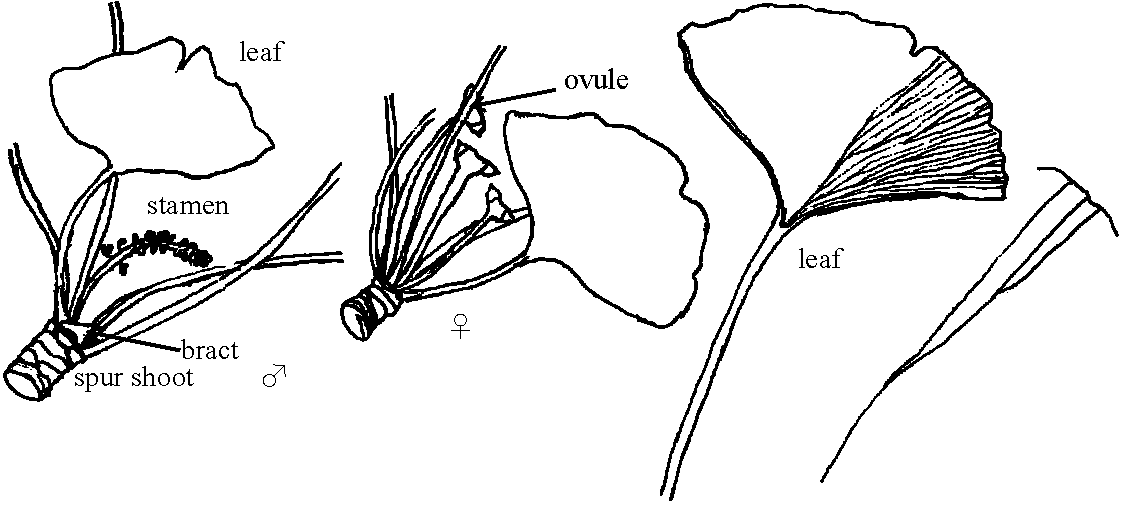 Leaf Vein (葉脈): open dichotomous Cuticle: hypostomatic (recessed pores) Petiole: flexible (mostly slender)  On June 7 1983, sketched by ST. |